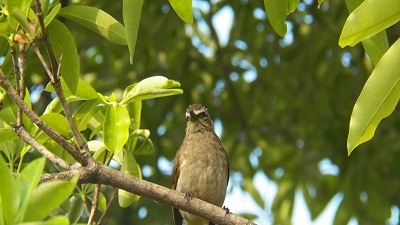Sri Jaywardenapura Kotte is a landmark part of metro Colombo due to its historical importance as the site of the last kingdom of Sri Lanka. It is also the current administrative capital of the country. Most of the area surrounding the parliament complex in Sri Jaywardenapura Kotte consists of low-lying freshwater marshlands, a key feature of local topography. The Beddagana urban wetland, which is part of the flood plains of the Diyawanna Lake, has been a birds’ paradise for decades. The local bird population uses it as a breeding site. Habitats as diverse as ponds studded with water lilies, wet shrub lands, seasonally flooded grasslands and mud flats are found in this vicinity. The challenge is to preserve the wetlands for the benefit of future generations.
Threats
Beddagana and Kotte ramparts wetlands are part of a larger Wildlife Sanctuary declared by the Department of Wildlife Conservation around the parliament lake in 1985. It is identified by the Sri Lanka Land Reclamation and Development Corporation (SLLRDC) as an important flood retention area. However, the pressure of urbanization and the demand for land over the years has resulted in threatening the future of these wetlands. Garbage is strewn in several locations. Currently, access to wetlands is uncontrolled and as such parts of the Beddagana wetland is used as an informal picnic site. Part of the wetland which has been filled with dredge material from the parliament lake when the parliament complex was built, has turned into a playground for the local community, car racers and motorcyclists. These activities intimidate the bird populations who thrive in quietness and seclusion. If left unattended, the wetlands may face the risk of being utilized for land development at some point in future.
Nippon Mawatha, through which the wetlands are accessed, is also an area with much cultural heritage as the ancient ramparts from the Kotte era can be spotted. Unfortunately, unregulated and unauthorized development has taken a heavy toll on the ramparts which are fast disappearing from sight with people building on them with no regard to its cultural and historical value.

